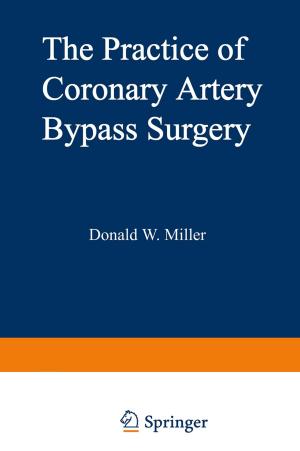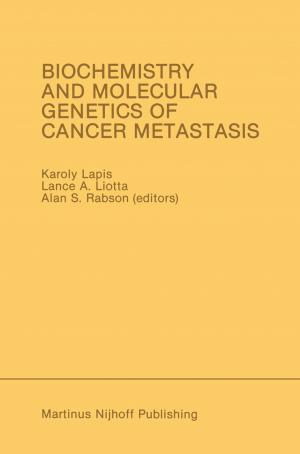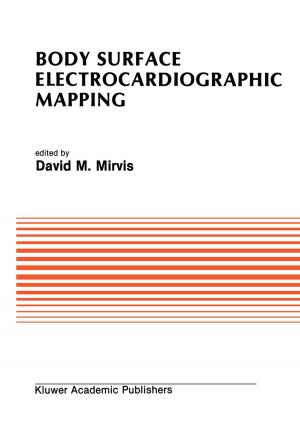The Primate Ovary
Nonfiction, Health & Well Being, Medical, Specialties, Internal Medicine, Endocrinology & Metabolism| Author: | ISBN: | 9781461595137 | |
| Publisher: | Springer US | Publication: | March 9, 2013 |
| Imprint: | Springer | Language: | English |
| Author: | |
| ISBN: | 9781461595137 |
| Publisher: | Springer US |
| Publication: | March 9, 2013 |
| Imprint: | Springer |
| Language: | English |
This 1987 ORPRC Symposium on Primate Reproductive Biology, the third in a series, marked the twenty-fifth anniversary of the Oregon Regional Primate Research Center (ORPRC). In organizing these symposia, we have emphasized the dedication of many ORPRC staff members to research with nonhuman primates as models for human reproduction. The first symposium in this series, organized by William Montagna, was held in May 1981. Appropriately for a beginning series, its topic was fetal endocrinology. The subject of this year's symposium was the primate ovary, and, as in the past, scientists from around the world, including Sweden, Scotland, England, West Germany, and India met in Beaverton, Oregon, to exchange ideas and information on this important "aspect of reproduction. The international scope of the symposium reflects our belief that both the problems and their solutions extend beyond national boundaries. Many of the nonhuman primates that we rely on as models are endangered as civilization, through population pressure, encroaches on their natural habitats. Without a deeper understanding of how primate reproduction is regulated, and without the control over human population that such an understanding can bring, the quality of life for all primate species may well become substantially diminished. Consequently, we dedicate these symposia to the thesis that a deeper understanding of primate reproductive biology will ultimately improve all primate life. Robert M. Brenner Charles H. Phoenix vii PREFACE Today there is renewed interest in the processes controlling the gametogenic and endocrine functions of the ovary.
This 1987 ORPRC Symposium on Primate Reproductive Biology, the third in a series, marked the twenty-fifth anniversary of the Oregon Regional Primate Research Center (ORPRC). In organizing these symposia, we have emphasized the dedication of many ORPRC staff members to research with nonhuman primates as models for human reproduction. The first symposium in this series, organized by William Montagna, was held in May 1981. Appropriately for a beginning series, its topic was fetal endocrinology. The subject of this year's symposium was the primate ovary, and, as in the past, scientists from around the world, including Sweden, Scotland, England, West Germany, and India met in Beaverton, Oregon, to exchange ideas and information on this important "aspect of reproduction. The international scope of the symposium reflects our belief that both the problems and their solutions extend beyond national boundaries. Many of the nonhuman primates that we rely on as models are endangered as civilization, through population pressure, encroaches on their natural habitats. Without a deeper understanding of how primate reproduction is regulated, and without the control over human population that such an understanding can bring, the quality of life for all primate species may well become substantially diminished. Consequently, we dedicate these symposia to the thesis that a deeper understanding of primate reproductive biology will ultimately improve all primate life. Robert M. Brenner Charles H. Phoenix vii PREFACE Today there is renewed interest in the processes controlling the gametogenic and endocrine functions of the ovary.















